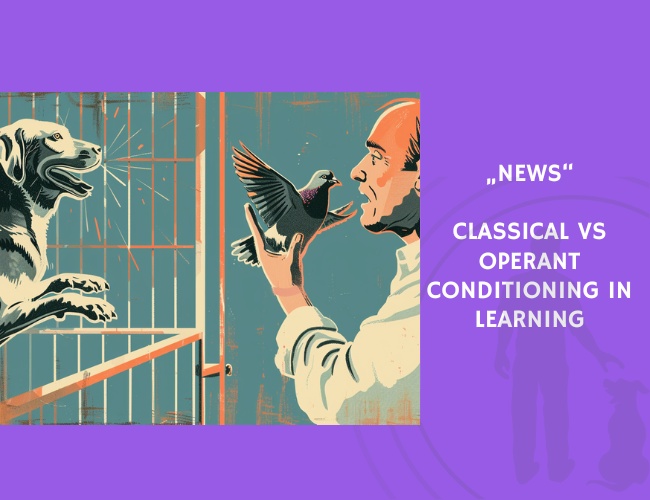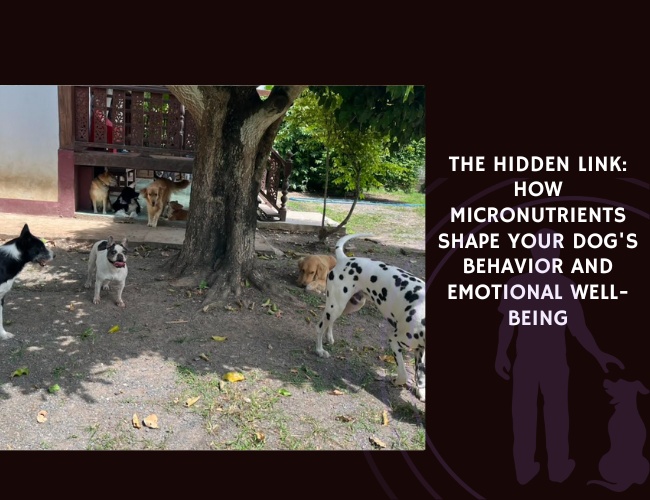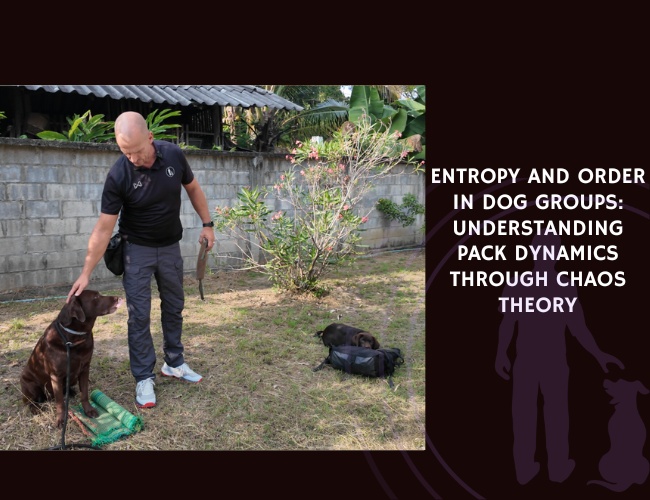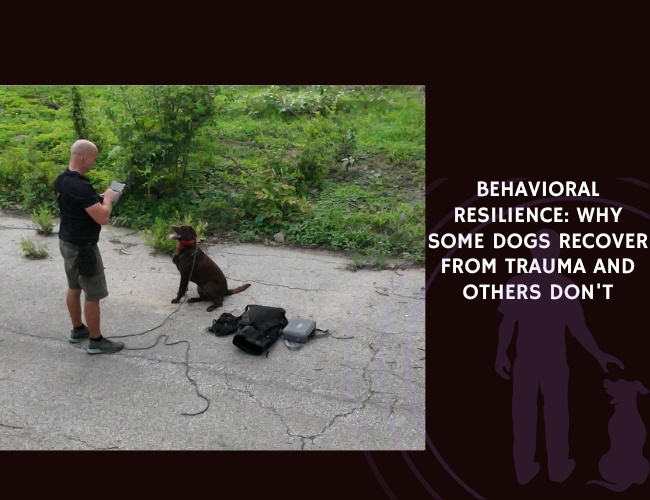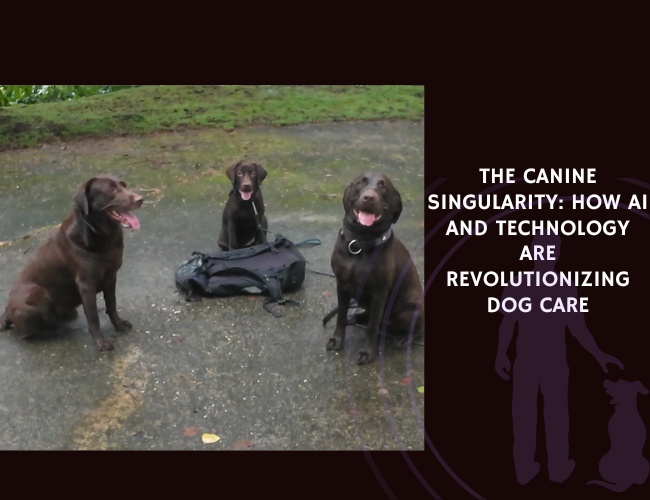From salivating dogs to lever-pressing pigeons, the dual legacy of classical and operant conditioning continues to shape the foundations of learning theory in behavioural science and education.
Pavlov’s classical pathway to association: Ivan Pavlov’s work on conditioned reflexes laid the groundwork for understanding how associations between stimuli can drive involuntary responses. By repeatedly pairing a neutral stimulus (bell) with an unconditioned one (food), dogs learned to salivate at the sound alone—cementing classical conditioning as a cornerstone of associative learning.
Skinner’s operant engine of consequences: B.F. Skinner expanded this framework through operant conditioning, where behaviour is shaped by its consequences. Using his iconic Skinner Box, he demonstrated how reinforcement and punishment could increase or decrease voluntary behaviours. This distinction marked a shift from passive associations to active behaviour modification.
Educational implications in modern teaching: The chapter by Akpan (2020) explores how these conditioning models apply to science learning, classroom engagement, and behavioural shaping in education. While classical conditioning can enhance emotional tone and readiness, operant techniques remain central in reinforcing participation, curiosity, and task completion.

